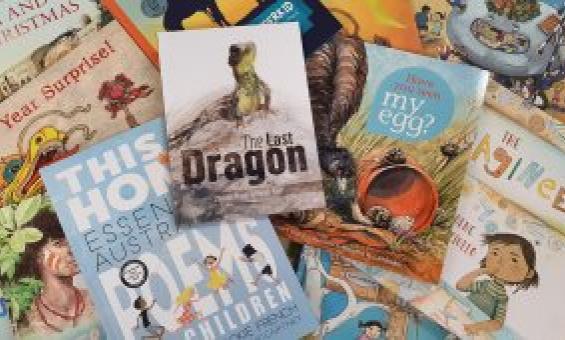Digital Classroom
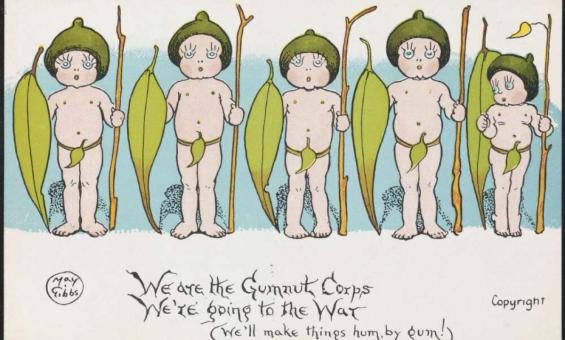
May Gibbs, We are the Gumnut Corps, we're going to war / May Gibbs, 1916, nla.gov.au/nla.obj-153093166
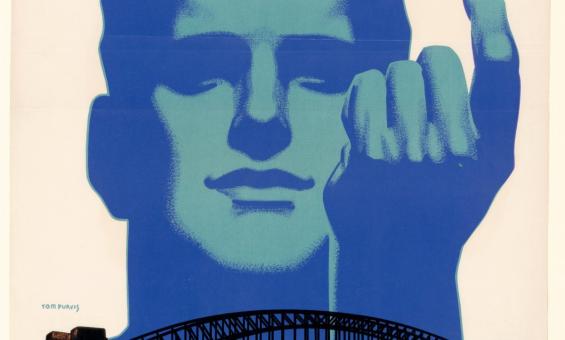
Tom Purvis, 1888-1959 & Australia's 150th Anniversary Celebrations Council & Australian National Travel Association, Australia's 150th anniversary celebrations Sydney - summer season, 1938, nla.gov.au/nla.obj-135689940
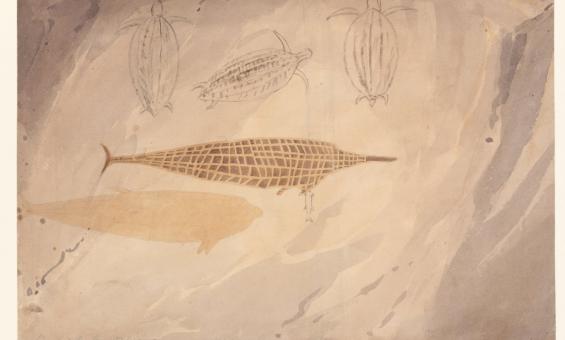
William Westall, Chasm Island, native cave painting, 1803, nla.gov.au/nla.obj-138890494

Port Jackson Painter, Aboriginal hunting implements and weapons, 1790, nla.gov.au/nla.obj-135230406

Tom Roberts, Bourke Street, Melbourne, 1886, nla.gov.au/nla.obj-134285521
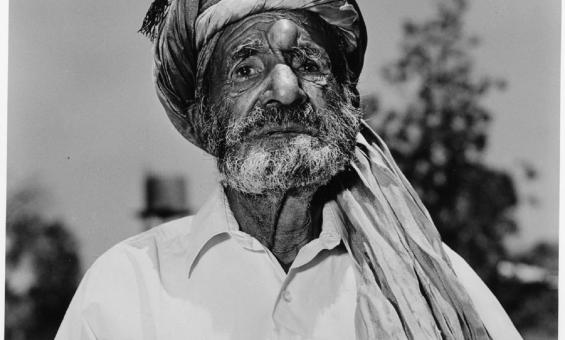
Robin Smith, Old Afghan camel drover Saidah Saidel, Alice Springs, Northern Territory, 1966, nla.gov.au/nla.obj-146607205
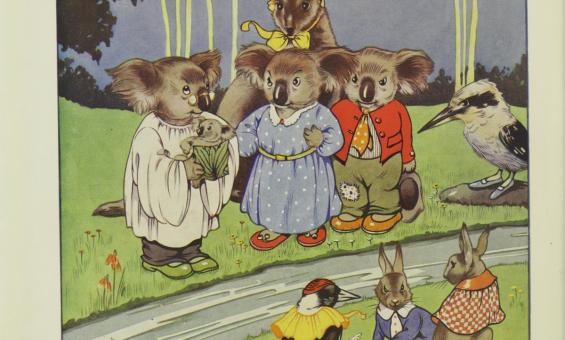
Dorothy Wall, Blinky Bill: The Quaint Little Australian, 1933, nla.gov.au/nla.obj-943876
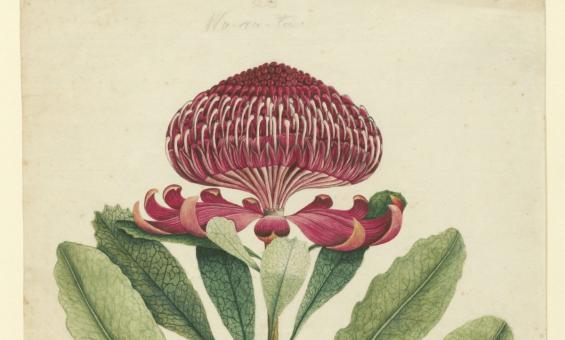
George Raper, Wa-ra-ta [waratah (Telopea speciosissima)], 1788, nla.gov.au/nla.obj-150069197
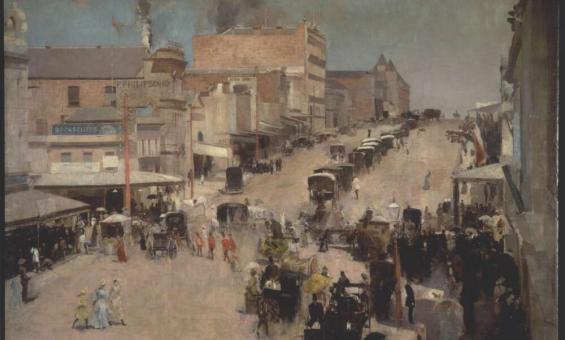
Tom Roberts, Bourke Street, Melbourne, 1885, nla.gov.au/nla.obj-134285521
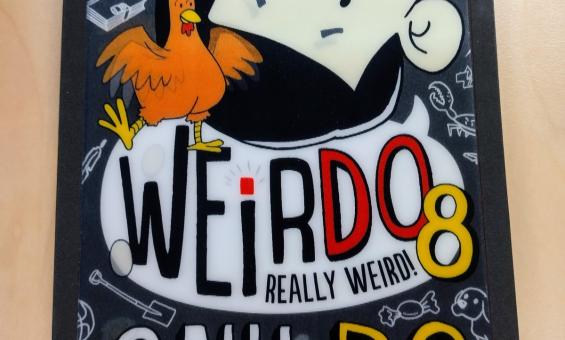
Anh Do & Jules Faber, WeirDo, 2017, nla.gov.au/nla.cat-vn7289358
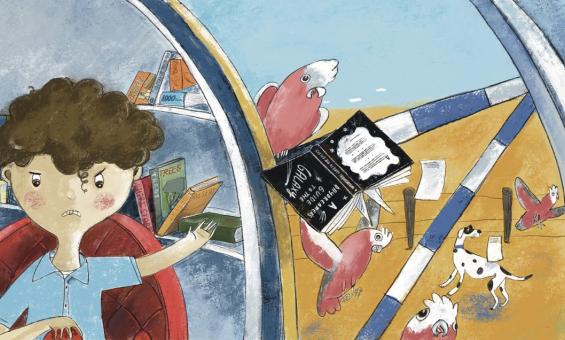
Emma Allen & Lisa Coutts, The Great Book-Swapping Machine, 2021, nla.gov.au/nla.cat-vn8630184
